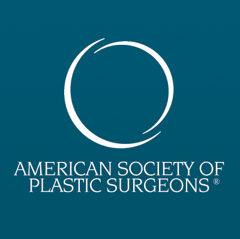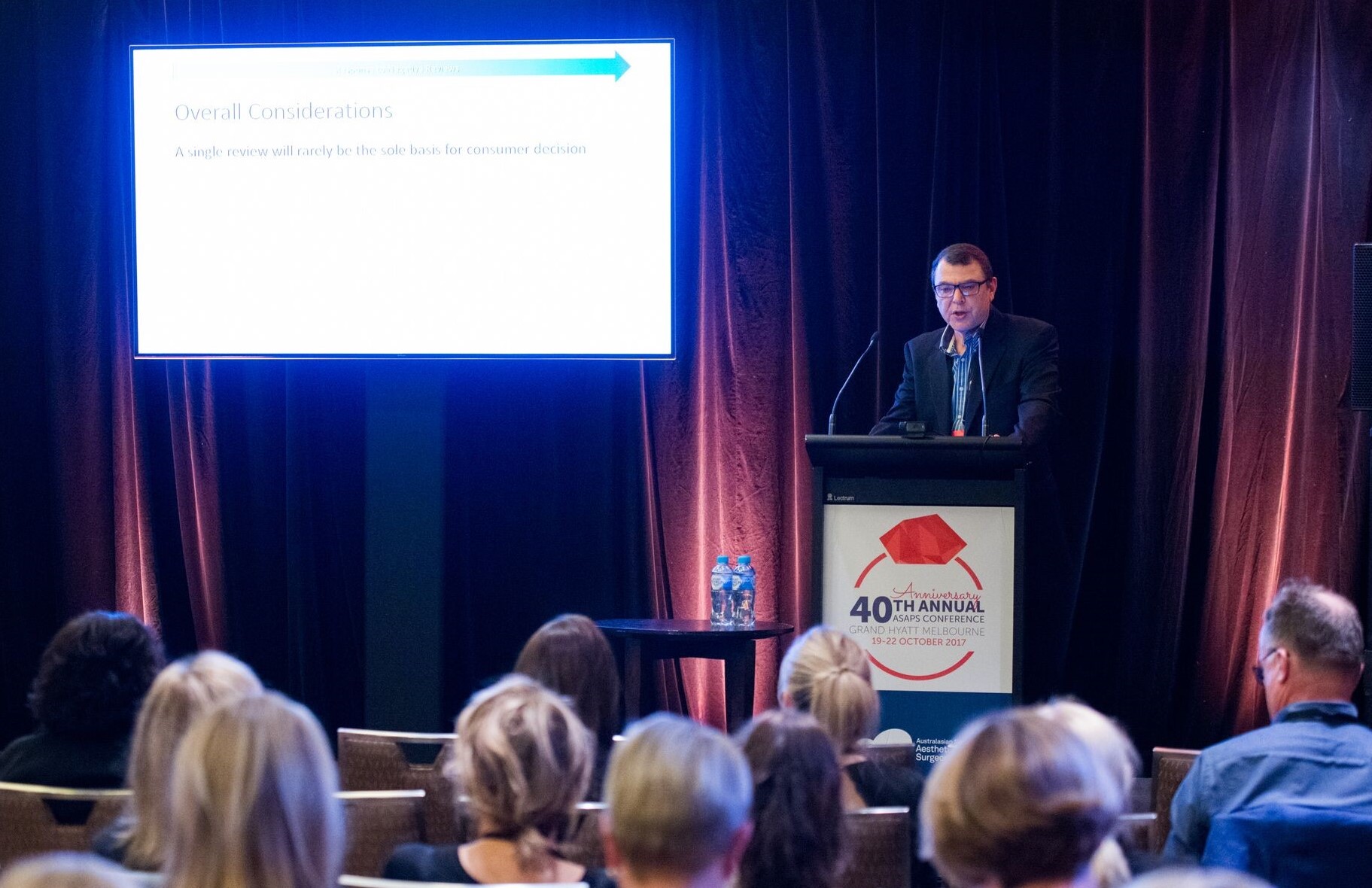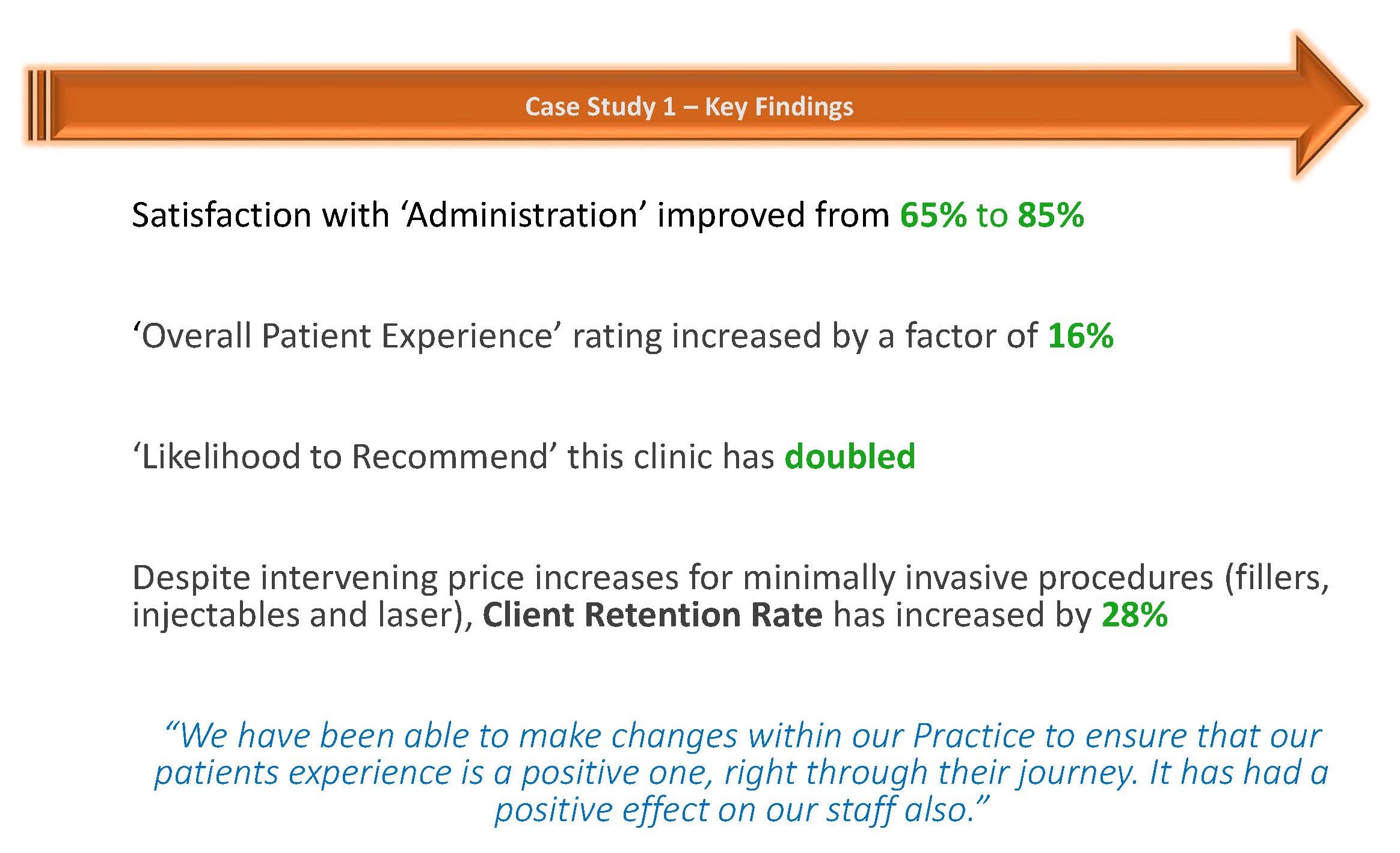![96bacffe31ba4d995c4f7a86e95849dd[1]](https://www.insightpss.com.au/wp-content/uploads/2018/04/96bacffe31ba4d995c4f7a86e95849dd1.jpg)
Whilst researching for a medical conference presentation, I came across some interesting information regarding the causative issues behind complaints posted in online patient experience forums.
The study conducted by Vanguard Communications and published in the (U.S.) Journal of Medical Practice Management, essentially concluded that 96% of complaints faulted the “Customer Service” not the “Quality of Care”.
“An analysis of nearly 35,000 online reviews of doctors nationwide has found that customer service – not physicians’ medical expertise and clinical skill – is the overwhelming reason patients complain about their healthcare experiences on the Internet.”
“The study reveals that only 1 in 25 patients rating their healthcare providers with two stars or fewer is unhappy with his or her physical examination, diagnosis, treatment, surgery or health outcome.”
“The other 96 percent of patient complaints cite poor communications, disorganization and excessive delays in seeing a physician as the cause for dissatisfaction.”

“Our study uncovered a torrent of patient allegations of doctors running behind schedule, excessive waiting time to see a provider, billing problems, indifferent staff, and doctors’ bedside manners. The nearly unanimous consensus is that in terms of impact on patient satisfaction, the waiting room trumps the exam room.”
The study’s author does make a valid point that online reviews of specific physicians or clinics don’t provide a scientific or fair sample upon which to draw conclusions and base decisions. Practices that aim to provide high standards of customer care generally employ their own direct feedback process to monitor satisfaction and improve performance.
The study was designed to gauge to what degree patients were focused on customer experience issues (which are systemically fixable) versus medical treatment.
As such, the evidence appears conclusive that problems patients are most likely to share online, overwhelmingly relate to the “Administrative” functions and interactions of medical practices.

![96bacffe31ba4d995c4f7a86e95849dd[1]](https://www.insightpss.com.au/wp-content/uploads/2018/04/96bacffe31ba4d995c4f7a86e95849dd1.jpg)




![medical_receptionist_practical_simulation[1]](https://www.insightpss.com.au/wp-content/uploads/2018/02/medical_receptionist_practical_simulation1.jpg)

![waiting_room_2[1]](https://www.insightpss.com.au/wp-content/uploads/2017/11/waiting_room_21.jpg)



